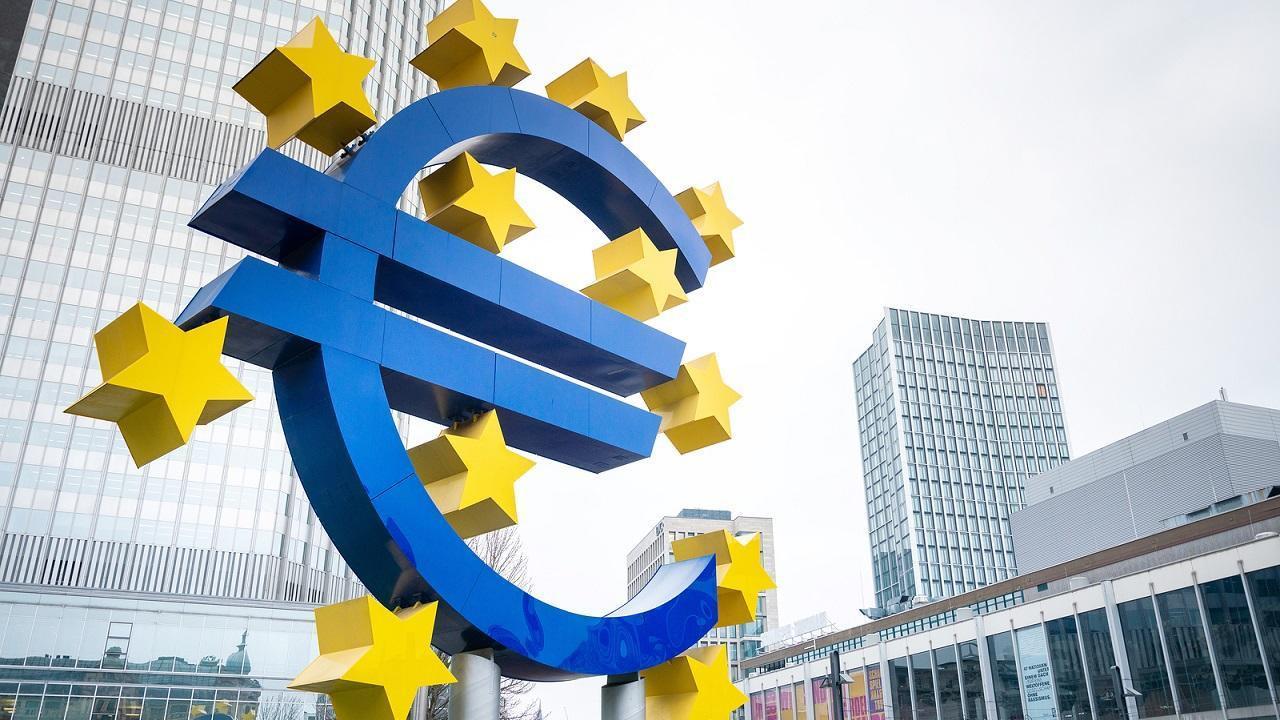On Thursday 12th September the members of the Governing Council of the European Central Bank (ECB) met and decided to cut all three key interest rates.
In particular, the base rate fell to 3.65%, the marginal lending rate to 3.9% and the deposit rate to 3.5%. These changes will take effect on 18 September.
The ECB's decision to cut interest rates by 25 basis points in June, which was also in line with market expectations, was followed by a further easing of monetary policy. The ECB's latest decision was taken against the backdrop of slowing inflation. In August, consumer inflation in the eurozone stood at 2.2%. However, as in the US, core inflation remains at 2.8%.
Eurostat, the European Union's statistics office, stressed that the fall in inflation was due to a sharp drop in energy costs. According to the ECB's current forecast, consumer price inflation will return to the 2% target by the end of 2025.
Lower inflation will also please ordinary Europeans, but economic growth figures in many countries in the bloc remain worrying. Eurozone GDP grew by just 0.2% in the second quarter of 2024 compared with the previous three months. Performance varied widely across the bloc, with Germany's economy shrinking by 0.1% last quarter. France and Italy's GDP grew by 0.2% and Spain's by 0.8%.

To combat inflation, many central banks have had to raise the key interest rates at which they lend to banks, thereby regulating the flow of money into the economy.
On 6 June, the ECB cut all three rates by 25 basis points for the first time in five years. Earlier, in March, the ECB announced that the spread between the main refinancing operations (MRO) rate and the deposit rate would be reduced to 15 basis points from 50 basis points, and the spread between the marginal lending rate and the deposit rate to 40 basis points from 75 basis points.
